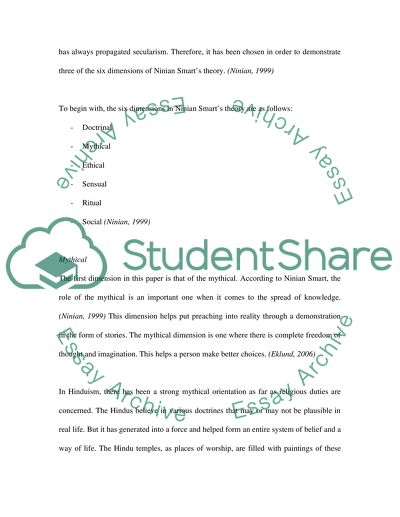Cite this document
(“Religion and Knowledge: Dimensions of Ninian Smart Book Report/Review”, n.d.)
Religion and Knowledge: Dimensions of Ninian Smart Book Report/Review. Retrieved from https://studentshare.org/history/1500550-religion-and-knowledge-dimensions-of-ninian-smart
Religion and Knowledge: Dimensions of Ninian Smart Book Report/Review. Retrieved from https://studentshare.org/history/1500550-religion-and-knowledge-dimensions-of-ninian-smart
(Religion and Knowledge: Dimensions of Ninian Smart Book Report/Review)
Religion and Knowledge: Dimensions of Ninian Smart Book Report/Review. https://studentshare.org/history/1500550-religion-and-knowledge-dimensions-of-ninian-smart.
Religion and Knowledge: Dimensions of Ninian Smart Book Report/Review. https://studentshare.org/history/1500550-religion-and-knowledge-dimensions-of-ninian-smart.
“Religion and Knowledge: Dimensions of Ninian Smart Book Report/Review”, n.d. https://studentshare.org/history/1500550-religion-and-knowledge-dimensions-of-ninian-smart.


